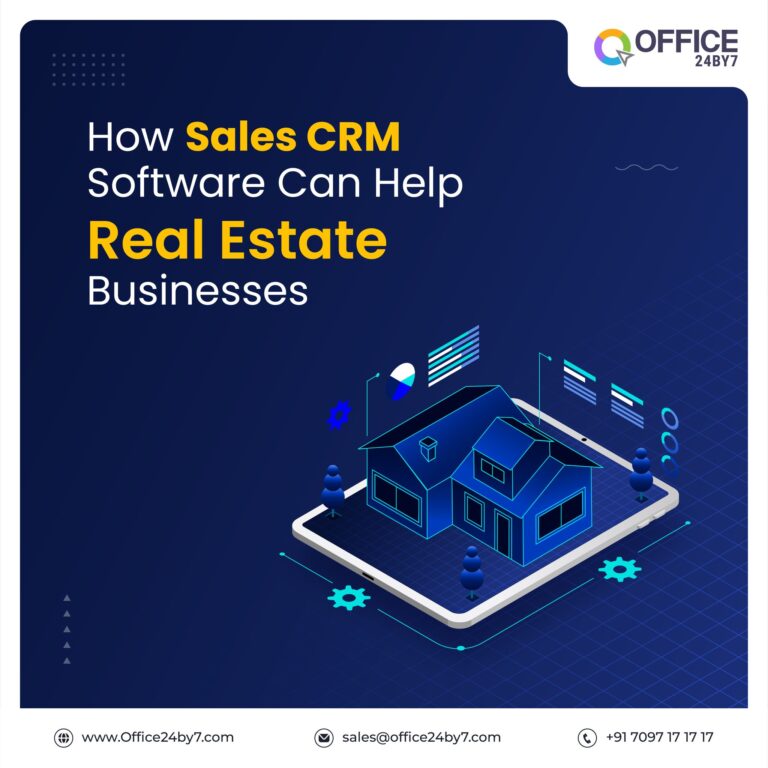Software development for P2P lending: plan, schedule and costs

The rise of peer-to-peer (P2P) lending platforms has revolutionized traditional banking by offering individuals and businesses a faster and more accessible way to finance. With the right P2P lending software, companies can enable secure and efficient lending processes and connect borrowers and investors directly. This article will walk you through the basics of P2P lending software development and cover planning, timelines, and associated costs. When thinking about building such a platform, understanding these elements is critical to the success of the project.
What is P2P lending software?
P2P lending software is a digital platform that allows borrowers to connect with lenders (investors) without the need for traditional financial institutions as intermediaries. Through these platforms, borrowers get quick access to loans while investors earn a return on their investments.
Companies often look to bring such a platform to life Awarding of software development services to develop tailored, secure and scalable software that meets regulatory standards and user expectations.
Plan the development of your P2P lending software
Effective planning is the foundation of a successful P2P lending platform. Here are the key components you need to consider at this stage:
1. Define your platform’s target audience
Knowing your target audience will help you shape the design, features, and overall user experience. Are you targeting individual borrowers, small businesses, or specific niches like students or startups? Defining your target market also impacts marketing strategies and compliance requirements, as different populations may have specific regulatory expectations.
2. Identify the core features of the platform
A robust P2P lending platform should have essential features that ensure ease of use, transparency, and security. While your loan software development service provider will help you customize these, here are some core features to consider:
- User registration and profile management: Allows users to log in, verify identities, and manage personal profiles.
- Loan application and approval workflow: A streamlined process for borrowers to apply for loans and receive approvals.
- Investor dashboard: Provides investors with tools to monitor investments, track returns, and manage portfolios.
- Risk assessment and credit rating: Tools to assess borrower risk using credit scores or alternative data.
- Automated loan reconciliation: Matches borrowers and investors based on specific parameters such as interest rates and loan amounts.
- Secure payment processing: Enables secure money transfers and payment processing for loan disbursements and repayments.
- Reporting and analysis: Provides insights into platform usage, credit performance and risk management.
3. Select technology stack and architecture
Choosing the right technology stack and architecture has a big impact on the performance, scalability and security of your platform. Common technologies for P2P lending software include programming languages such as Java, Python or Node.js for backend development and frameworks such as React or Angular for frontend development.
If you are using rental software development services, contact the team to select a stack that meets your business goals, expected platform size, and required integrations.
4. Plan for compliance and security
P2P lending platforms are subject to strict regulations, including KYC (Know Your Customer), AML (Anti-Money Laundering), and data protection laws. Your software must comply with these standards to avoid legal complications and gain user trust. Security features like data encryption, two-factor authentication, and fraud detection are essential.
Experienced lending software development services will guide you through these compliance requirements and implement the necessary features to protect user data and financial transactions.
P2P lending software development timeline
The P2P lending software development timeline may vary depending on complexity, customization, and team size. Here’s a breakdown of the typical phases and their estimated duration:
1. Planning and needs analysis (2-4 weeks)
In this phase, the development team works with you to finalize requirements, define goals, and create a roadmap for the project. When you work with a software development services provider, they will conduct in-depth discussions to understand your vision and technical requirements.
2. UI/UX design (4-6 weeks)
Intuitive and user-friendly design is key to retaining users. In this phase, wireframes are created, the user interface is designed, and the user journey is set up. A skilled design team ensures that the platform is not only aesthetically pleasing but also accessible and easy to use.
3. Development and testing (3-6 months)
The core development phase includes backend, frontend and API integrations. Depending on the scope of functions and the level of customization, this phase can last three to six months. In addition, tests are carried out continuously to ensure quality and functionality.
4. Security and compliance review (2-4 weeks)
Compliance and security are of utmost importance when it comes to financial software. This phase includes additional testing and audits to meet KYC/AML regulations and data protection standards. Loan software development services typically employ specialists who focus on ensuring that the platform meets legal and security requirements.
5. Launch and post-launch support (1-2 weeks for launch, ongoing for support)
Once the software is ready, the platform will be launched either as a full product or in a pilot phase. Post-launch, ongoing support and updates are required to fix bugs, improve security, and implement new features.
Overall timeline: 6-9 months depending on platform complexity.
Costs associated with developing P2P lending software
The cost of developing a P2P lending software depends on various factors such as: B. the development location, the functional requirements, the need for customization and the team size. Here is a breakdown of expected costs:
1. Base MVP (Minimum Viable Product): $50,000 – $100,000
A basic version of a P2P lending platform includes essential features such as registration, loan application, payment processing, and user dashboards. This version is suitable for startups that want to enter the market with a lean solution.
2. Full P2P Platform: $100,000 – $300,000
A more comprehensive platform includes advanced features such as automated loan matching, AI-driven credit scoring, detailed analytics and custom risk scoring. Many companies hire software development services to ensure that all of these elements are designed and implemented effectively.
3. Enterprise Level Platform: $300,000+
For companies looking to set up a large-scale P2P lending platform, the cost can be over $300,000. This type of platform includes multi-layered security, rich reporting capabilities, compliance tools, and scalability to support large user groups and high transaction volumes.
Working with an experienced lending software development services provider can help streamline the process and guide cost-effective decisions without sacrificing quality.
Key Benefits of Using Lending Software Development Services
Opting for professional lending software development services can offer several benefits when building a P2P lending platform:
- Tailor-made solutions: Bespoke development ensures the platform meets individual business needs, including special loan approval processes or unique scoring algorithms.
- Compliance expertise: Loan software development experts have experience in dealing with regulatory requirements, implementing essential security features, and managing complex data flows.
- Scalability and performance optimization: Lending development services create software that scales effectively with user growth, ensuring the platform remains reliable and efficient.
- Reduced time to market: With an experienced team, your software can be developed faster, allowing you to launch the platform in less time while meeting quality standards.
- Ongoing support and maintenance: Development service providers provide post-launch support and help resolve issues, improve security, and add new features as your business evolves.
Diploma
Developing P2P lending software is a multi-step process that requires careful planning, a clear timeline, and a well-managed budget. By understanding the platform’s needs and partnering with reliable lending software development services, you can build a solution that meets user expectations and stands out in the competitive fintech landscape. With the right approach, your P2P lending platform can provide users with secure, efficient and scalable lending experiences, driving growth and trust in the process.







